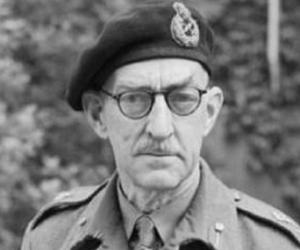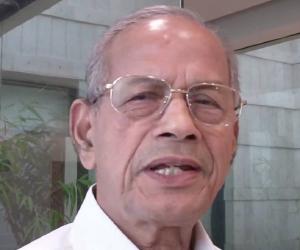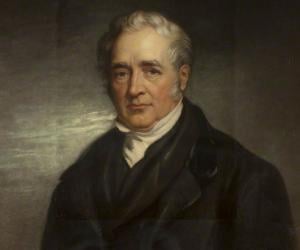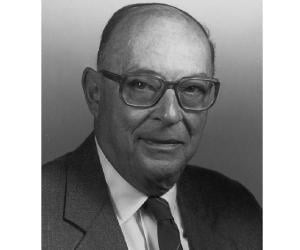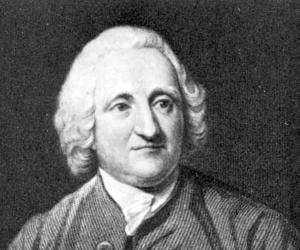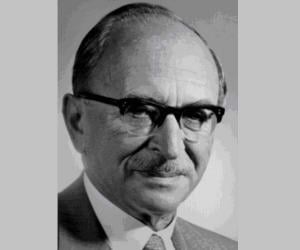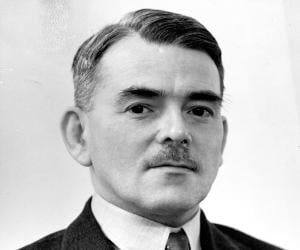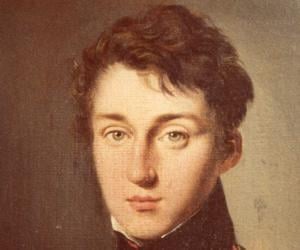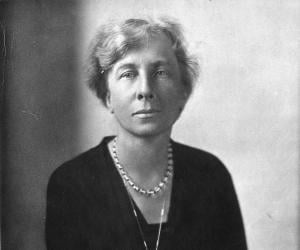E. Sreedharan is an Indian politician and engineer who played a key role in the construction of the Delhi Metro and the Konkan Railway. Nicknamed the Metro Man, Sreedharan was honored with the prestigious Padma Vibhushan Award for changing the face of Indian public transport. In 2003, E. Sreedharan was included in Time magazine's list of Asia's Heroes.
George Stephenson was a British mechanical and civil engineer. Stephenson is credited with pioneering rail transport which is widely regarded as one of the most prominent inventions of the 19th century. Regarded as the Father of Railways, George Stephenson is also credited with developing the standard rail gauge which is used by several railways around the world.
American engineer, physicist and Nobel laureate John Bardeen is the only person who received the Nobel Prize in Physics twice. He shared the first Nobel with William Shockley and Walter Brattain in 1956 for inventing the transistor, and the second with Leon N Cooper and John Robert Schrieffer in 1972 for proposing the BCS theory, a microscopic theory of superconductivity.
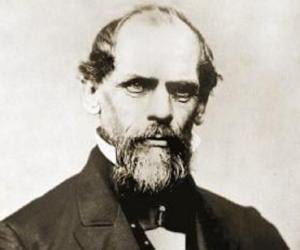
John Smeaton was the first person to claim to be a civil engineer. One of his best-known creations was the Eddystone Lighthouse. He was also the first to use hydraulic lime in concrete. He not only won the Copley Medal but was also made a Fellow of The Royal Society.
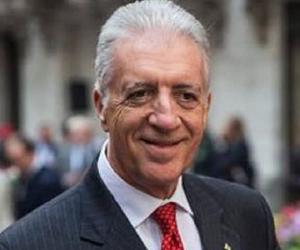
Dennis Gabor was a Hungarian-British physicist and electrical engineer best remembered for inventing holography. His invention earned him the prestigious Nobel Prize in Physics in 1971. Gabor won several awards during his lifetime. After his demise, many awards are given in his honor. The Dennis Gabor Award and Gabor Medal are some of the awards that are named after him.
Aviation engineer Frank Whittle entered the Royal Air Force as an apprentice and rose through the ranks to become a pilot. He invented the jet engine, though his idea of a plane that could fly at a phenomenal speed was initially laughed at. He was later knighted for his achievements.
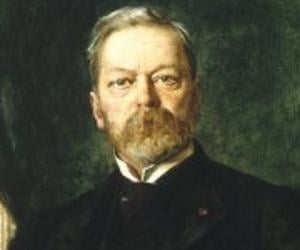
Engineer Washington Roebling is largely remembered for co-designing the Brooklyn Bridge with his father, John Augustus. He also worked as part of the Union Army during the Civil War. A perfectionist, he was once found unconscious in a compressed-air chamber at work, and that affected him permanently.
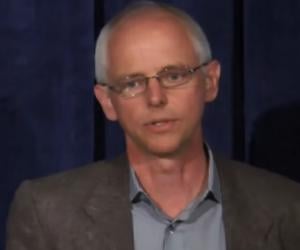
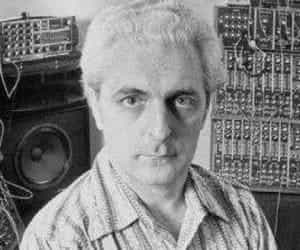
Robert Moog was an engineering physicist widely regarded as the pioneer of electronic music. He launched the first commercial synthesizer, the Moog synthesizer, in 1964. A few years later, he launched the Minimoog, which went on to become the most famous and influential synthesizer in history. He taught at the University of North Carolina in his later years.
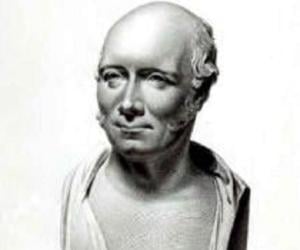
Glasgow-born civil engineer Robert Stevenson initially built lighthouses as part of the Scottish Lighthouse Board. Apart from constructing the Bell Rock Lighthouse in Scotland, he also invented the hydrophore and flashing lights. He was also the grandfather of writer Robert Louis Stevenson. He is part of the Scottish Engineering Hall of Fame.
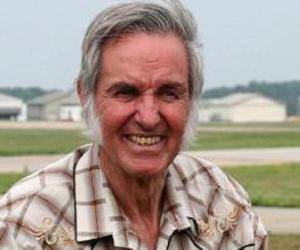
Burt Rutan is an American former entrepreneur and aerospace engineer. He is best known for his ability to make strong, light, energy-efficient, and unusual-looking air and space craft. Burt Rutan is credited with designing historically significant aircrafts like the Virgin Atlantic GlobalFlyer, which set the world record for the longest and fastest nonstop circumnavigation flight in history.
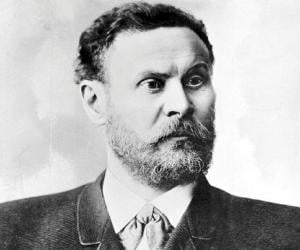
German aeronautical engineer Otto Lilienthal became the first known person to use gliders for a successful flight. A mechanical engineer, he owned a shop and flight factory and developed gliders, with which he completed around 2,000 flights. Lilienthal, however, died after breaking his back in a glider crash.
Son of French Revolutionary leader and mathematician Lazare Carnot, Sadi Carnot was an engineer in the French army. He later laid down the Carnot cycle of heat engines. Much of his works were buried with him when he died of cholera at 36, due to the contagiousness of the disease.
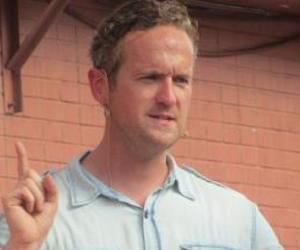
Tim Shaw is a British TV presenter, radio host, and engineer. He is best known for conducting scientific experiments on the streets as part of his popular TV show Street Genius for the National Geographic channel. He is also known for his radio programs, such as Tim Shaw's Asylum for which he has won several awards.
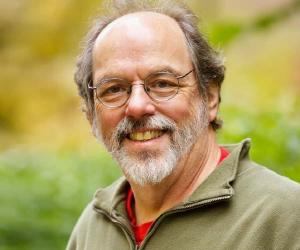
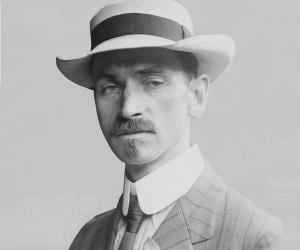
Glenn Curtiss was an American motorcycling and aviation pioneer. He is credited with founding the U.S. aircraft industry. He is also credited with forming the Curtiss Aeroplane and Motor Company which merged with the Wright Aeronautical to form Curtiss-Wright Corporation in 1929. Glenn Curtiss’ company played a major role in the years leading up to the First World War.
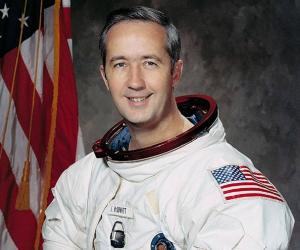
US Air Force pilot and NASA astronaut James McDivitt was mainly associated with Project Gemini and Project Apollo. His Gemini 4 mission witnessed Ed White script history as the first US astronaut to complete a spacewalk. Post-retirement, he was associated with organizations such as Pullman Inc. and Rockwell International.
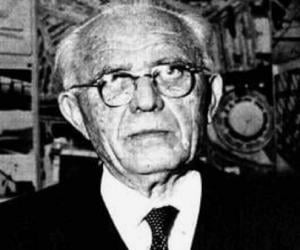
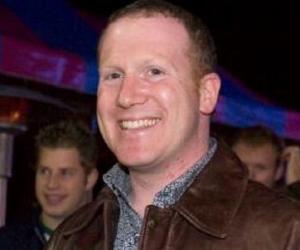
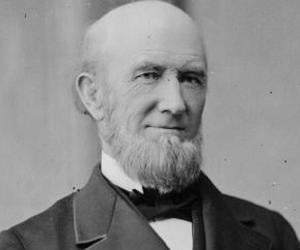
Engineer James B. Eads spent most of his early life marine-salvaging along the Mississippi. Apart from building submarines, he also owned over 50 patents. He is best remembered for his triple-arch steel bridge over the Mississippi. He was the first American engineer to win the Royal Society of Arts’s Albert Medal.
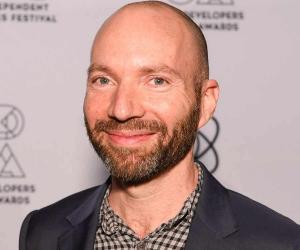
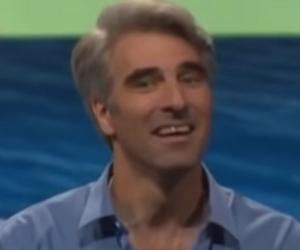
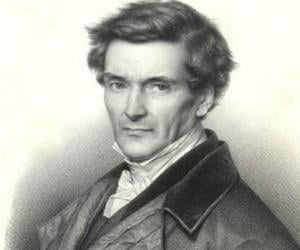
French mathematician and physicist Gaspard-Gustave de Coriolis proposed what is now known as Coriolis force. While teaching at the École Polytechnique, Paris, he extended the scope of kinetic energy. His On the Calculation of Mechanical Action remains his most significant book. His name remains inscribed on the Eiffel Tower.
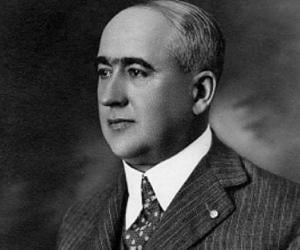
Milutin Milanković was a Serbian astronomer, mathematician, geophysicist, climatologist, and civil engineer. He is best remembered for his explanation of Earth's climate changes, which partly explained the ice ages. Milutin Milankovitch's biography inspired a 2007 documentary film titled A Traveler Through Distant Worlds and Times.
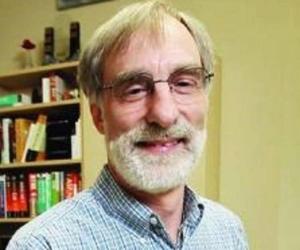
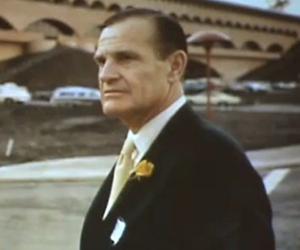
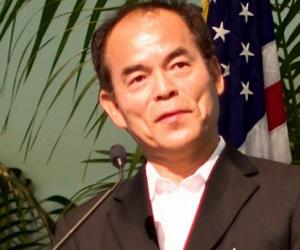
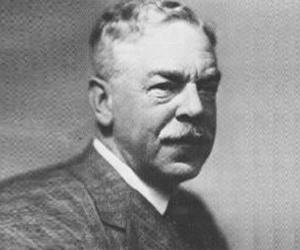
Nigel Gresley designed some of Britain’s most famous steam locomotive engines. He also invented the Gresley conjugated valve gear, which smoothened the running of engines. His A4 Mallard was the world’s fastest steam locomotive. He later won honors such as the CBE and was also knighted.
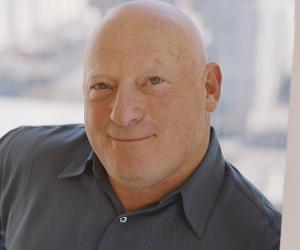
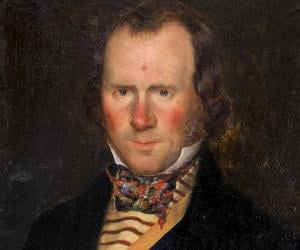
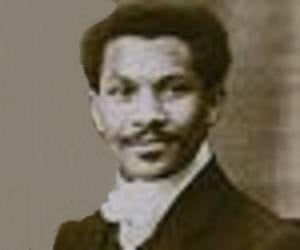
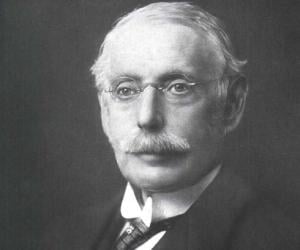
Copley Medal-winning engineer Charles Algernon Parsons revolutionized marine transport with his invention of a multi-stage steam turbine. His other inventions include a mechanical reducing gear. Apart from being named a Fellow of the Royal Society, he was also knighted and awarded an Order of Merit for his contributions.
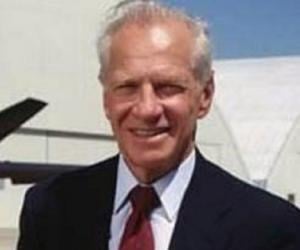
Known as "the father of stealth," Ben Rich made a significant contribution to the development of the F-117 Nighthawk stealth fighter-bomber. Throughout his stint at Lockheed’s Skunk Works, he helped develop numerous military planes. The UCLA alumnus later received the Distinguished Service Cross for his work.
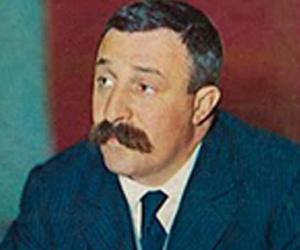
Alfonso Bialetti was an Italian engineer best remembered for inventing the famous Moka Express coffeemaker. The coffee pot, designed by Bialetti in 1933, has been a style icon ever since it achieved popularity during the 1950s. Alfonso Bialetti is also credited with founding Bialetti Industries, a giant kitchen-ware company.
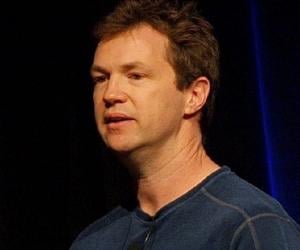
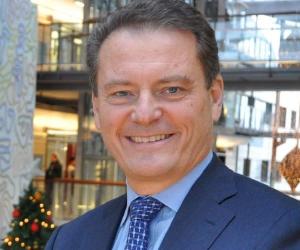
Since 2012, Swedish businessman Carl-Henric Svanberg has led AB Volvo, the global trucks and construction equipment manufacturer, as its chairman. Previously he worked as the chairman of British oil and gas company BP plc and CEO of the Swedish telecommunication company Ericsson. Still earlier, as CEO, he led the Assa Abloy Group to become a global leader in its industry.
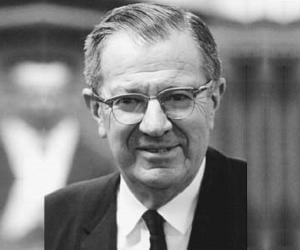
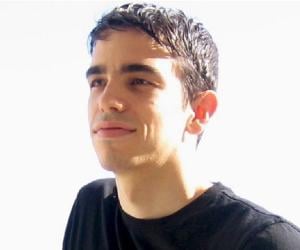
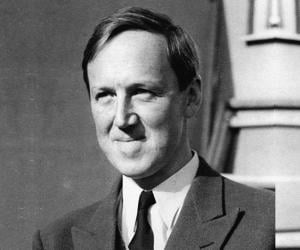
Nobel Prize-winning Swedish electrical engineer Hannes Alfvén is best remembered for his research on plasma physics. He practically pioneered the field of magnetohydrodynamics, which deals with plasmas in magnetic fields. He also proposed the concept of plasma cosmology, challenging the big-bang model, and penned works such as Cosmic Plasma.
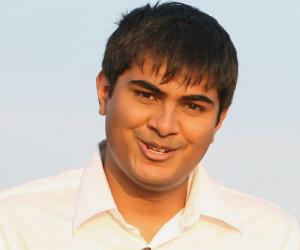
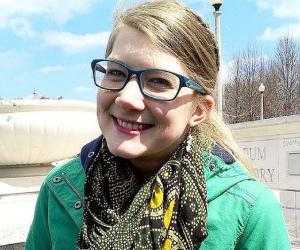
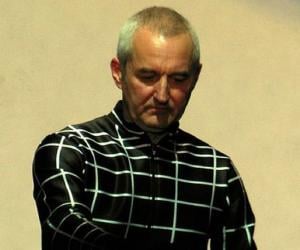
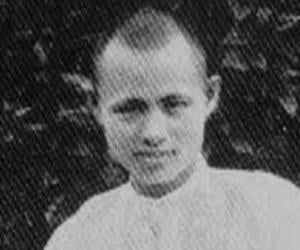
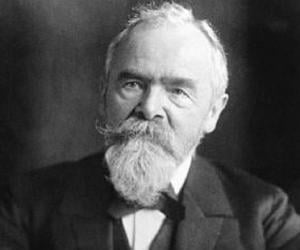
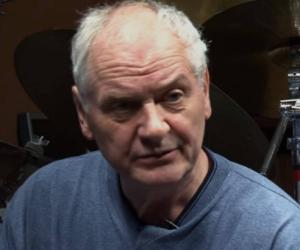
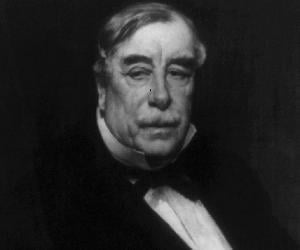
Austrian-born astrophysicist Thomas Gold is best-remembered for proposing the steady state theory of the universe and for his deep gas hypothesis through which he re-defined the abiogenic hypothesis and made it popular in the West. He served as professor of astronomy at Cornell University and remained a member of National Academy of Sciences and a Fellow of the Royal Society.
